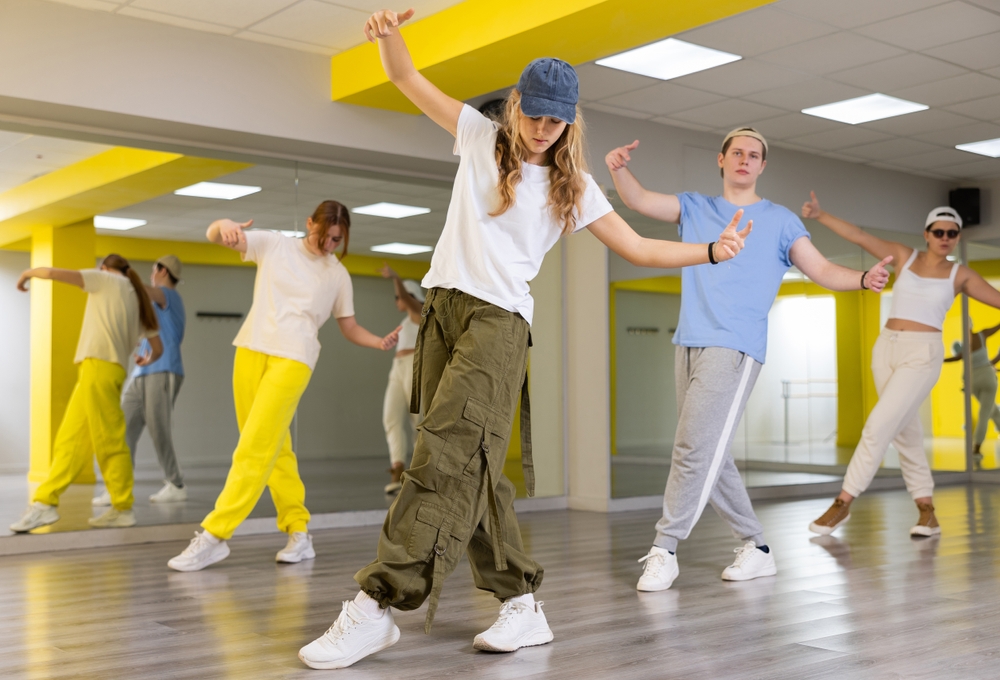Rediscovering the Health Benefits of Dance: A Movement-Based Approach to Well-being
Dance, an age-old tradition that traverses cultures and continents, is being re-evaluated in the realm of health and wellness. Its benefits are more than just physical. Dance is a powerful tool for mental and emotional health, offering a unique blend of exercise, social interaction, and creative expression. But as we delve deeper into the science behind dance, we unearth a trove of health benefits that make this art form a compelling addition to any wellness routine.

Dance Through the Ages: A Historical Perspective
Dance has been a staple of human culture for thousands of years. From tribal rituals to royal performances, dance has always been a means of expression, communication, and bonding. In the 20th century, dance found its place in mainstream fitness, with styles like Zumba and Jazzercise drawing crowds. As our understanding of health has evolved, so too has our perception of dance. It is no longer just a form of entertainment or physical exertion, but a holistic wellness practice that encompasses body, mind, and soul.
The Science of Dance: A New Perspective
Recent studies have highlighted the profound health benefits of dance. Not only does it improve cardiovascular fitness, flexibility, and balance, but it also supports mental well-being. Dance has been shown to reduce stress, anxiety, and depression, partly due to its social nature and partly because it encourages mindfulness and present-moment awareness.
Neurologically, dance has a unique advantage. It stimulates the brain’s reward centers, leading to the release of dopamine, the “feel-good” hormone. Simultaneously, the requirement for rhythm, coordination, and memory engages multiple brain regions, promoting neuroplasticity and cognitive resilience.
Dancing for Health: A Deeper Dive
Dance offers an inclusive and adaptable form of exercise. It caters to all ages and fitness levels, with styles ranging from gentle ballet barre to high-intensity hip hop. This makes it an ideal strategy for people who struggle with traditional fitness regimes or those recovering from injury.
But it’s not just the physical aspect that’s beneficial. The mental and emotional perks of dance are equally noteworthy. Dance encourages creativity and self-expression, fostering self-esteem and body positivity.
Additionally, the social aspect of dance shouldn’t be overlooked. It fosters a sense of community and belonging, which can be beneficial for mental health and longevity.
Dance: Not Just Steps, But Leaps Towards Wellness
- Dance enhances cognitive function: Dance requires coordination, rhythm, and memory, making it a brain-boosting activity.
- Dance is good for the heart: Regular dancing can improve cardiovascular health, comparable to other forms of aerobic exercise.
- Dance reduces stress: The combination of movement, music, and social interaction can significantly decrease stress levels.
- Dance promotes emotional well-being: Expressing oneself through dance can lead to improvements in mood and overall emotional health.
- Dance fosters social connections: Group dance classes or dance events can help build a sense of community and reduce feelings of loneliness.
In conclusion, dance is a powerful tool for holistic well-being. It encompasses physical, mental, and social health, making it a potent addition to any wellness strategy. It’s time we reframe our perspective and recognize dance for what it truly is: a health-promoting, joy-inducing, life-enriching practice. Let’s embrace the rhythm of health, one dance step at a time.




